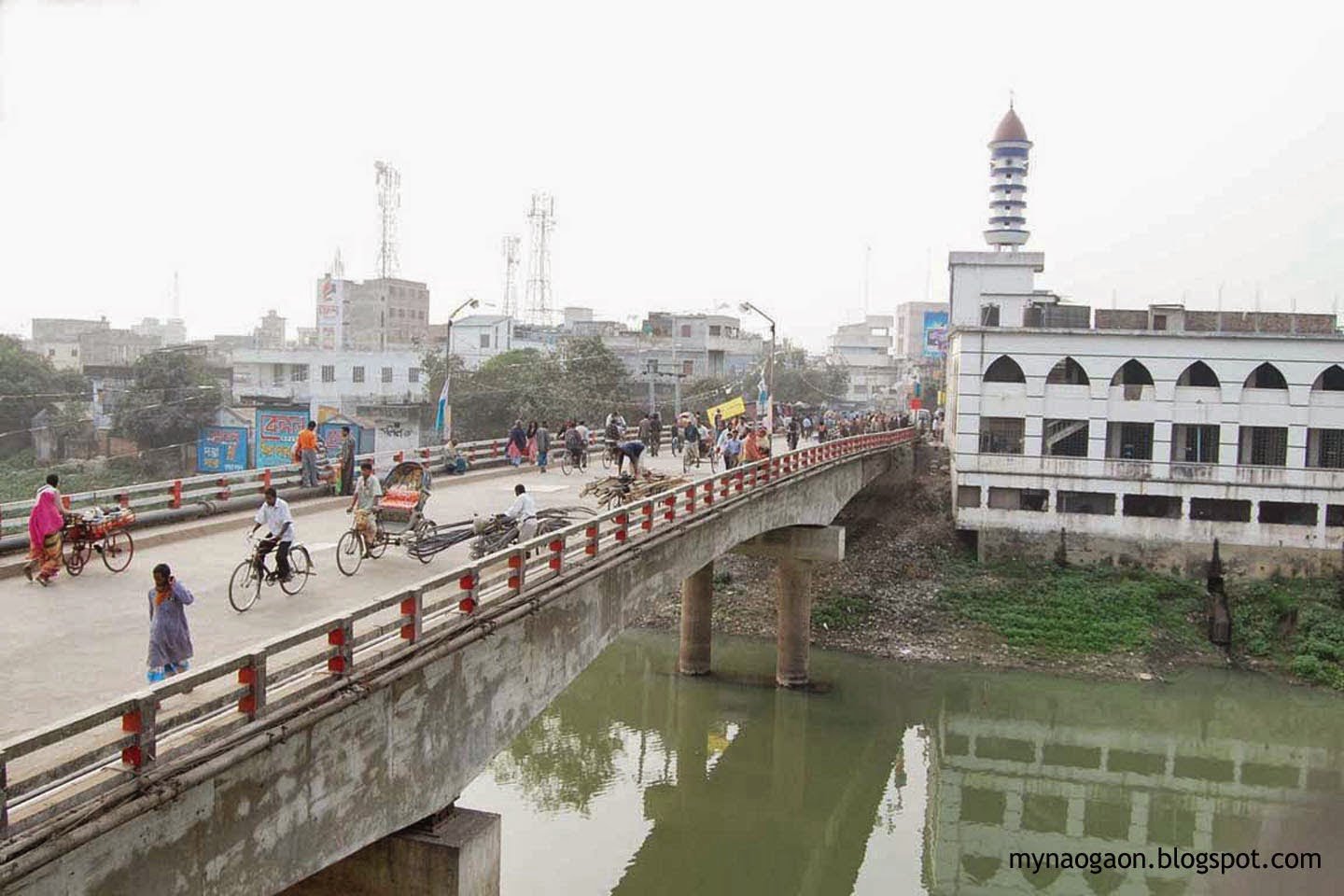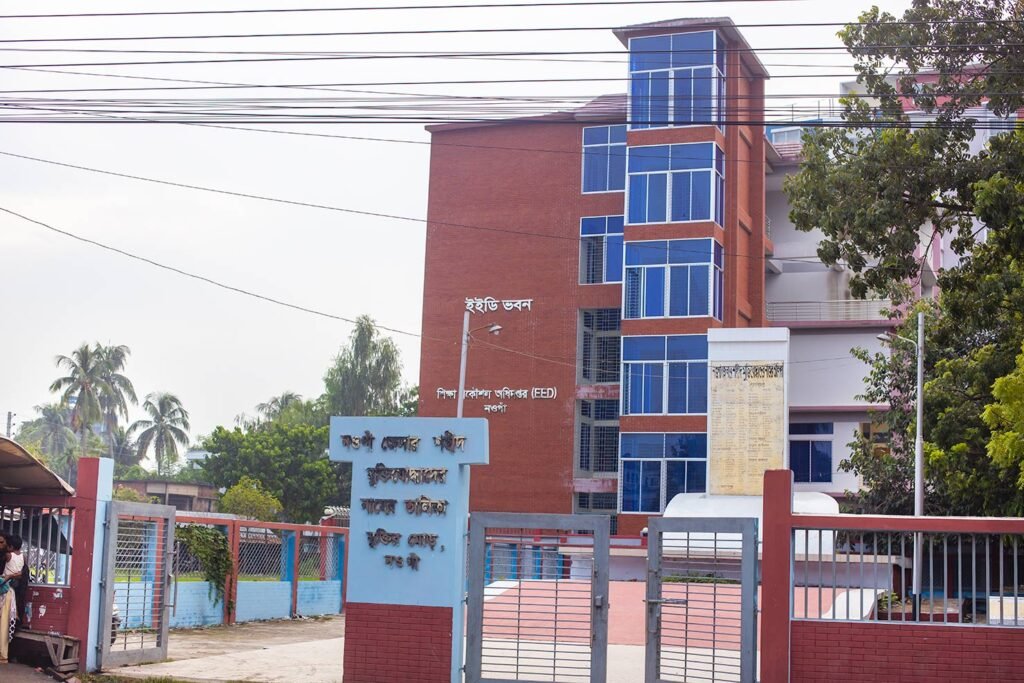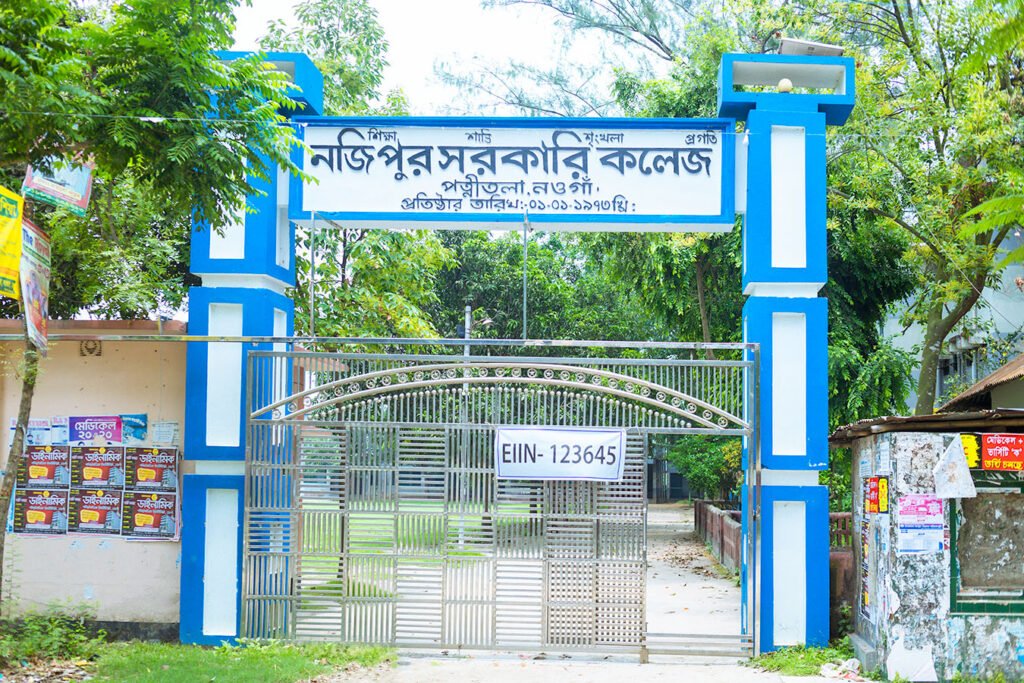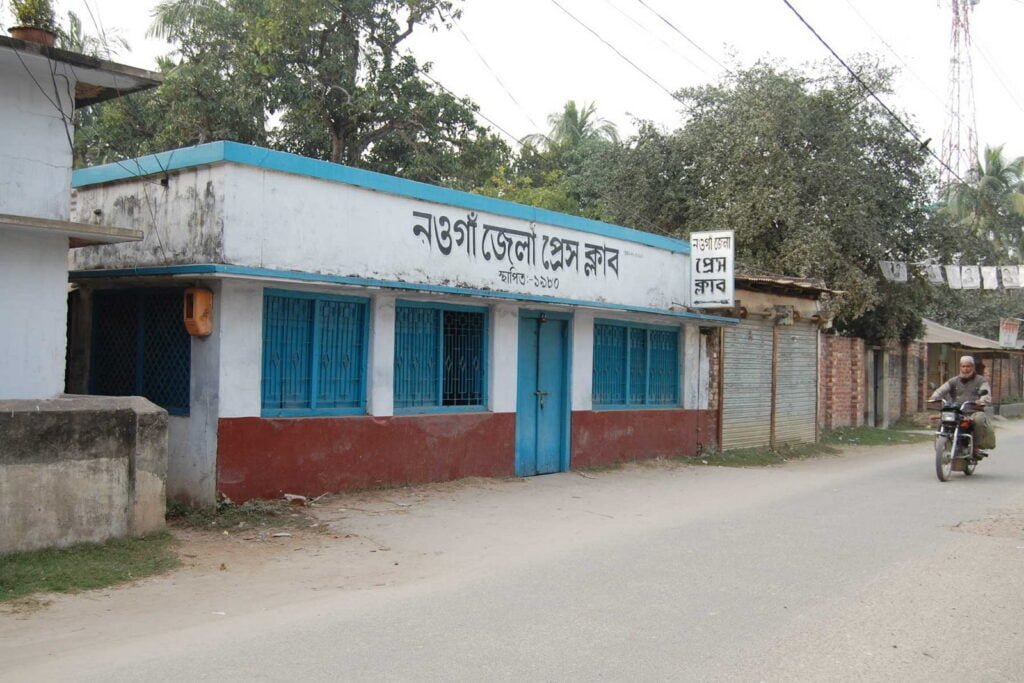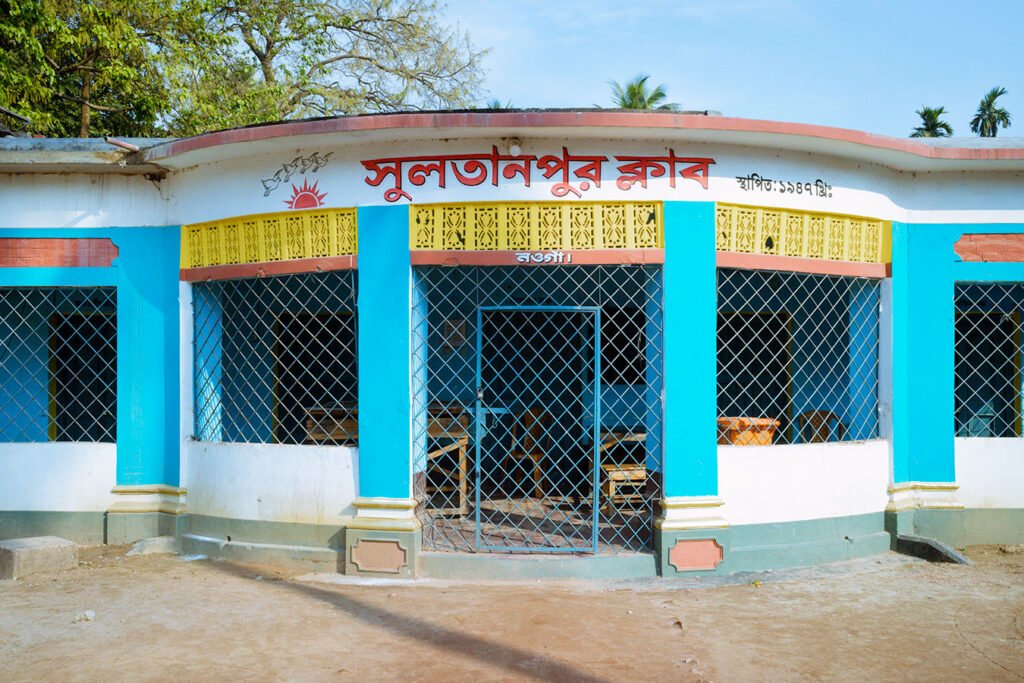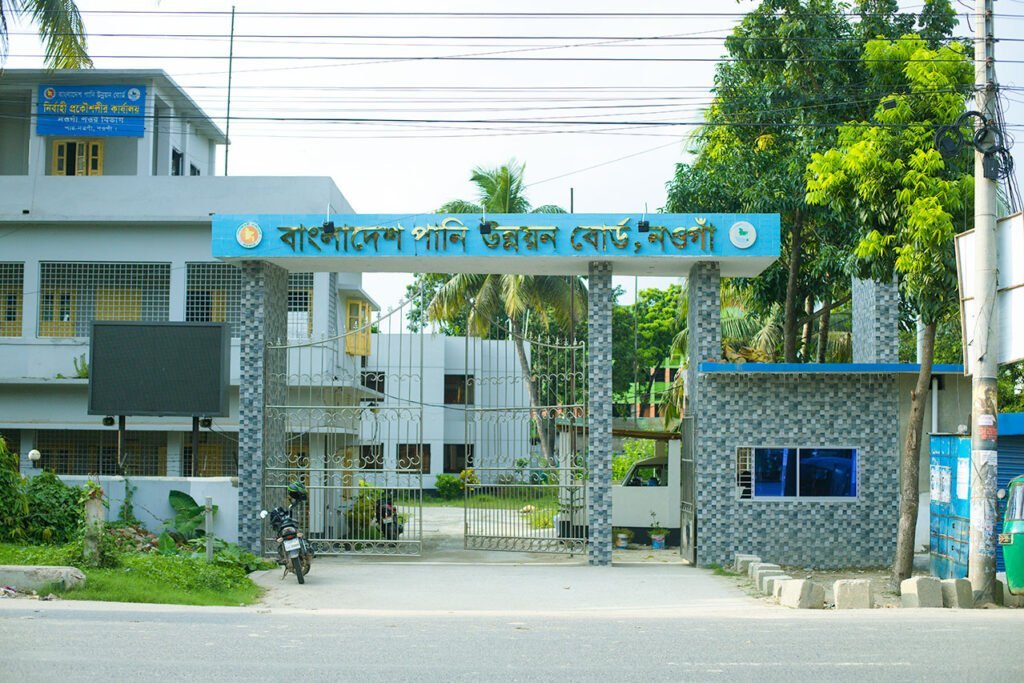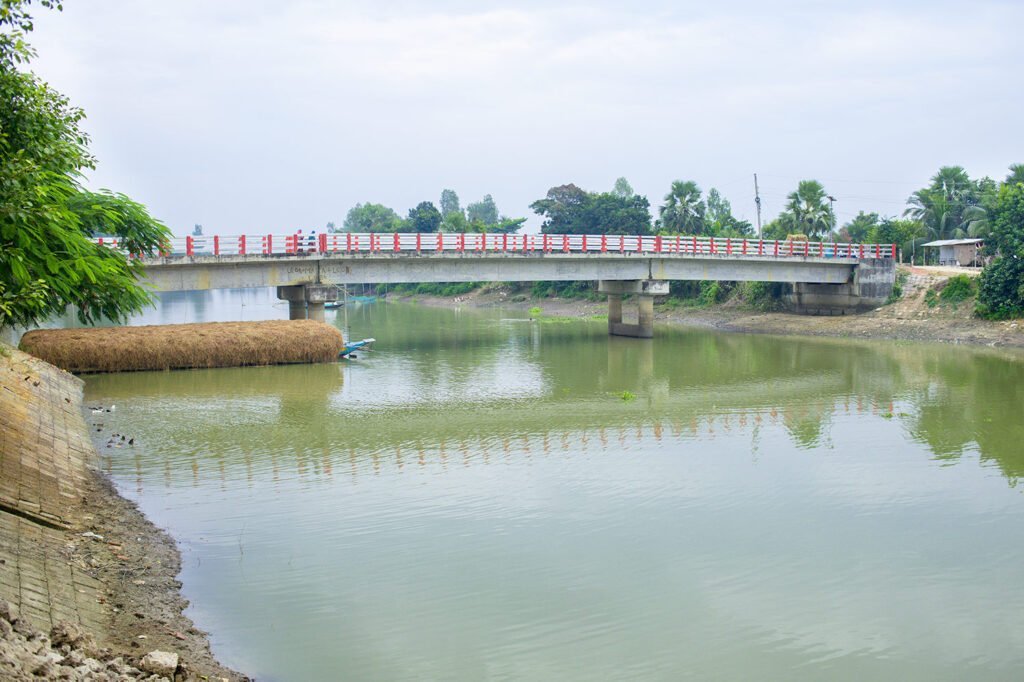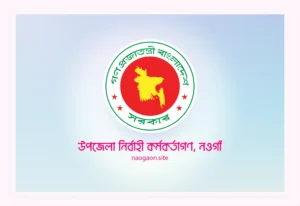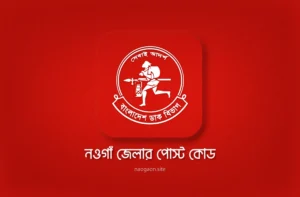Discover Naogaon: A Comprehensive Insight
About Naogaon
Naogaon district (Bangla: নওগাঁ জেলা – nouga jela) is a Bangladeshi district under Rajshahi division with an area of 3435.67 sq km. Naogaon is bounded by West Bengal of India on the north, Natore and Rajshahi districts on the south, Joypurhat and Bogura districts on the east, Chapai Nawabganj district and West Bengal (India) on the west. The district situated between latitudes 24°32′ and 25°13′ North, and longitudes 88°23′ and 89°10′ East.
History of Naogaon District
The name “Naogaon” has been derived from the juxtaposition of two distinct terms: ‘nao,’ a French word meaning “new,” and ‘gaon,’ which means “village” in Bengali. Together with, these two terms combine to form the meaning ‘new village.’ Historically, it is believed that this naming convention may reflect the formation of the place known as Naogaon.
Naogaon district town is located a few kilometers west of Santahar railway station in neighboring Bogra district. Historically, Naogaon was earlier headquartered at Manda and Bandaikhara, but was shifted to Naogaon on the banks of the Little Jamuna river to get rail connectivity.
Naogaon, known as the “Bread Basket” for its huge and quality crops production. Currently, Naogaon is the leading mango production district in Bangladesh. It is called the “Mango Capital of Bangladesh“.
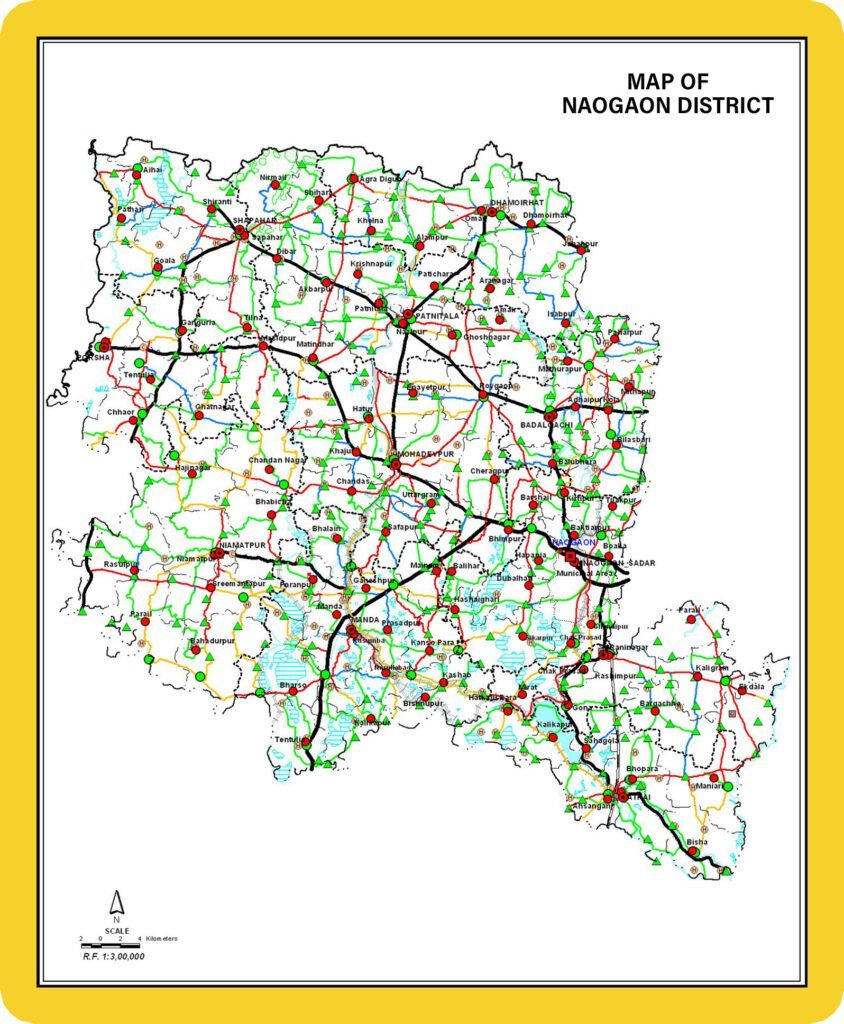
The name “Naogaon” has been derived from the juxtaposition of two distinct terms: ‘nao,’ a French word meaning “new,” and ‘gaon,’ which means “village” in Bengali. Together, these two terms form the meaning “new village”.
Administration
Naogaon, firstly established as a subdivision (Mahakuma – মহকুমা) under greater Rajshahi district in 1877. Later Naogaon upgraded to a district in 1984. Currently, Naogaon consists of 3 municipality, 11 upazilas, 99 union parishads, 105 mahallas, 2,532 mauzas and 2793 villages.1
Administrative Unit Changes in Naogaon District (1991–2022)
The administrative structure of Naogaon has changes between the census years 1991 and 2022.
| Administrative Units | Census 2022 | Census 2011 | Census 2001 | Census 1991 |
| Pourashava | 3 | 3 | 2 | 1 |
| Mahalla | 105 | 92 | 76 | 60 |
| Mauza | 2,532 | 2,497 | 2,565 | 2,565 |
| Village | 2,793 | 2,780 | 2,799 | 2,760 |
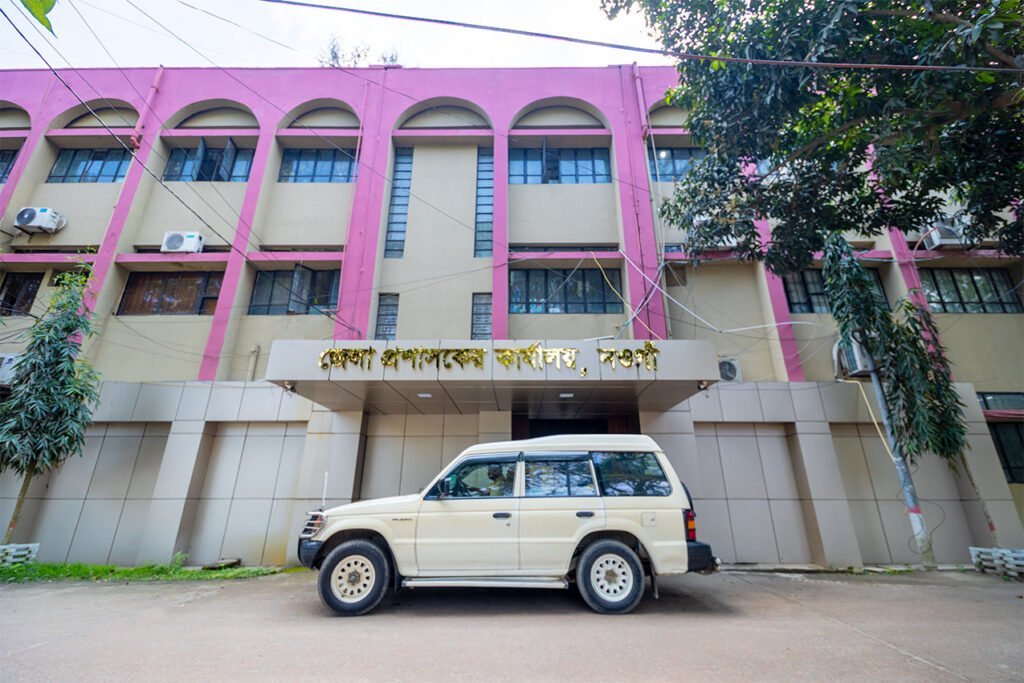

Upazilas in Naogaon
Naogaon district has eleven upazila. These Upazilas are major part of local governance. Upazila structure was formed in Bangladesh in 1982. An upazila administration works under the district administration. Further, it is governed by elected councils known as Upazila Parishad.
List of upazila in Naogaon district below:
- Atrai Upazila
- Badalgachhi Upazila
- Dhamoirhat Upazila
- Manda Upazila
- Mohadevpur Upazila
- Naogaon Sadar Upazila
- Niamatpur Upazila
- Patnitala Upazila
- Porsha Upazila
- Raninagar Upazila
- Sapahar Upazila
Archaeological Heritage in Naogaon District
- Paharpur Buddhist Vihara
- Jagaddal Vihara
- Kusumba Mosque
- Halud Vihara
- Agrapuri Vihara
- Dubalhati Rajbari
- Balihar Rajbari
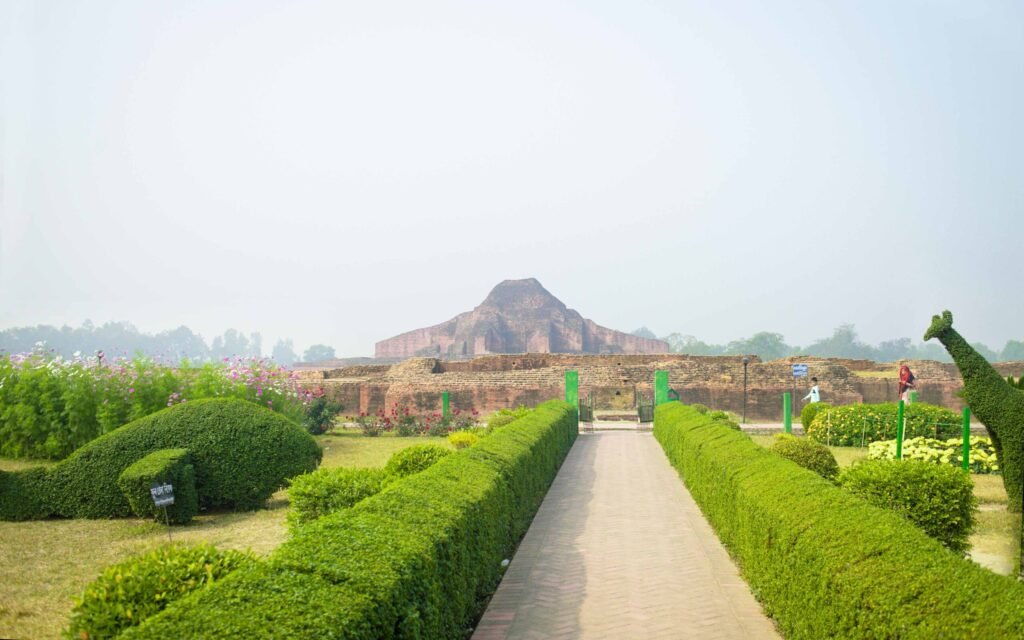

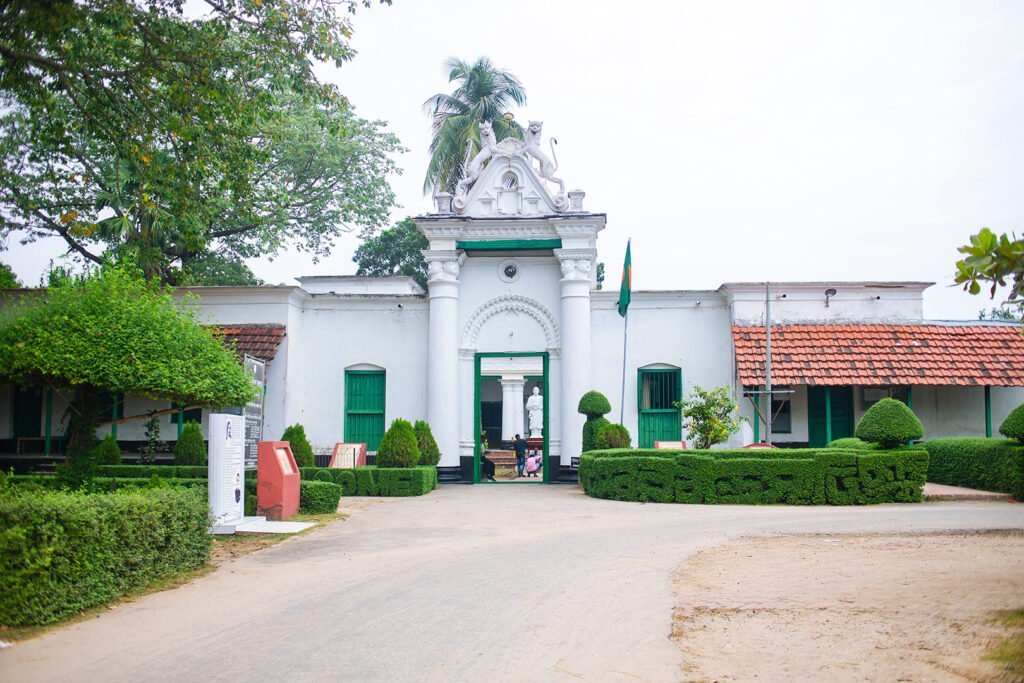
Weather of Naogaon
Bangladesh experiences a tropical climate divided into six seasons, and of course its northern district of Naogaon is no exception. The climate in this region is consistent with the national average. Typically, cooler weather begins in October and lasts until March. However, like the whole world, Naogaon has also experienced a rise in temperatures in recent years.
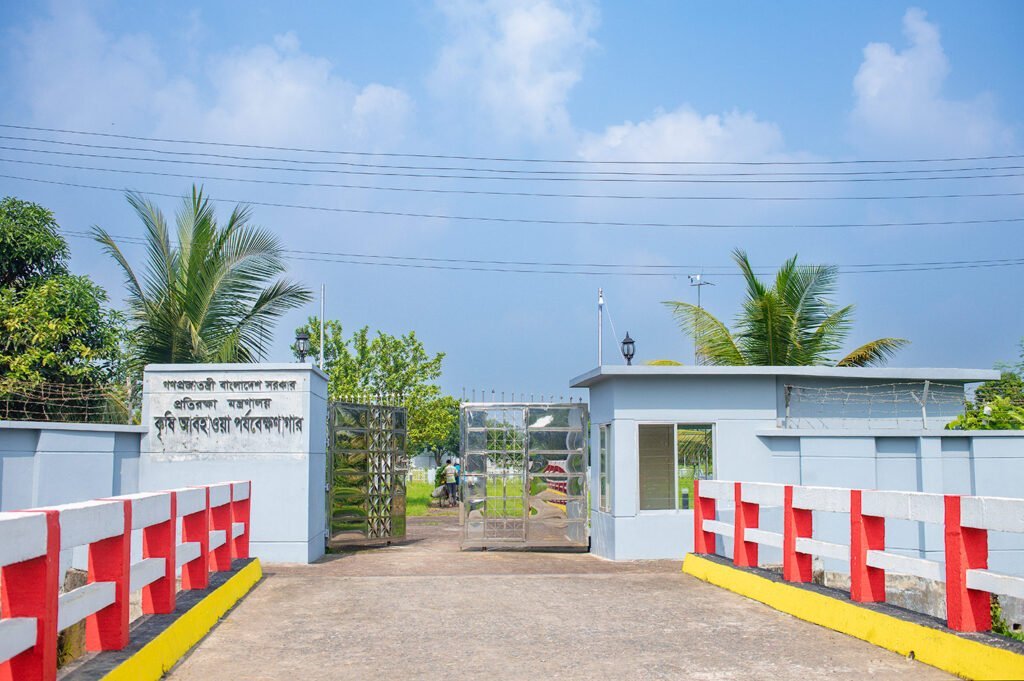
Maximum and Minimum Temperature – 2008-2010
The below chart will show the Max and Min Temperatures in Naogaon District during the years 2008-2010.3 Hover over any bar of the chart to see their data.
Average Seasonal Variation of Rainfall
- Summer: 339 mm
- Monsoon: 950 mm
- Post Monsoon: 198 mm
- Winter: 9 mm
- Annual Average: 1496 mm
- Summer: 357 mm
- Monsoon: 714 mm
- Post Monsoon: 35 mm
- Winter: 27 mm
- Annual Average: 1132 mm4
Find current weather of Naogaon.
Population
As per the 2022 census, the population of Naogaon district is as follows:
- Total Population: 2,784,598
- Male: 1,374,312
- Female: 1,408,840
- Hijra: 173
- Sex Ratio: 97.55 males for every 100 females
- Population Density: 810 pesons per km2
Find detailed population statistics of Naogaon district.
Widowed and Divorced/separated Population (2011 census)
Widowed
Divorced/separated
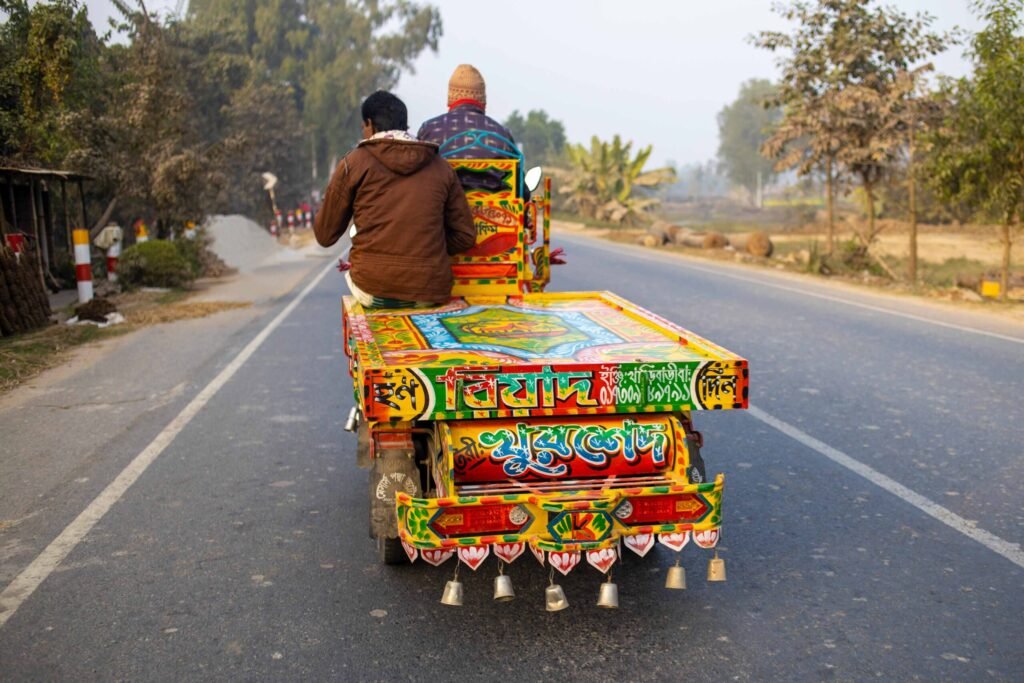

Religious Population
As per the 2022 census, the religious population ratio is as follows:
- Muslim: 86.82%
- Hindu: 11.45%
- Christian: 0.77%
- Buddhist: 0.01%
- Others: 0.95% Other or not stated (Santal, Oraon, Mahali etc.)
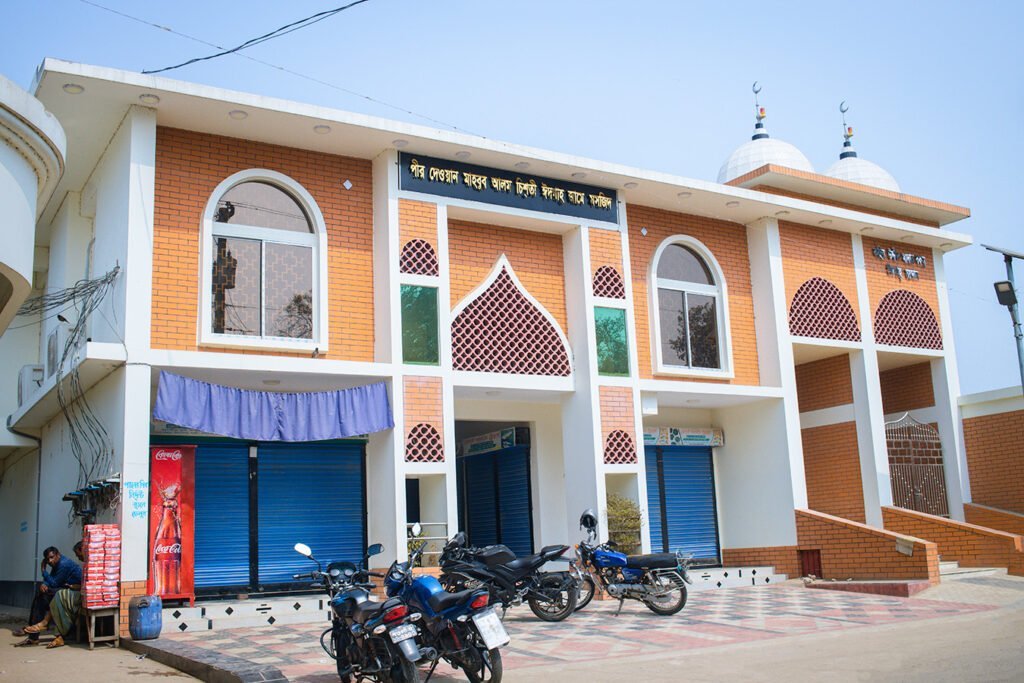
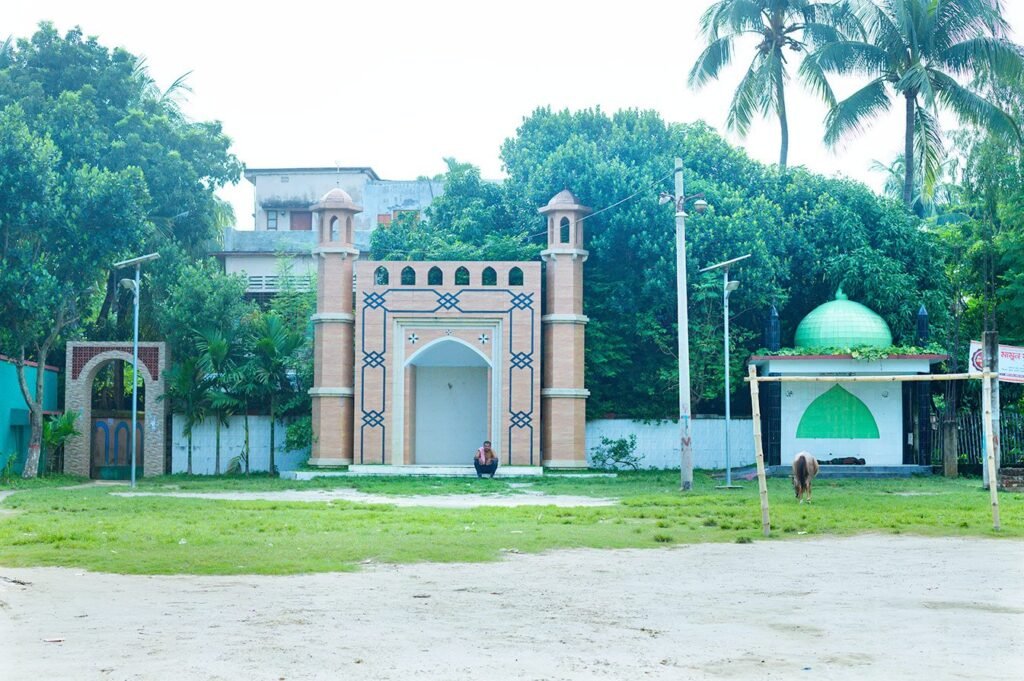
Literacy Rates in Naogaon District
According to the 2022 census, the literacy rate is determined based on the population aged 7 years and older. The overall literacy rate, as well as the breakdown by gender, are provided below:
- Total Literacy Rate: 72.14%
- Male Literacy Rate: 74.66%
- Female Literacy Rate: 69.70%
- Hijra (third gender) Literacy Rate: 48.5%
This chart presents the literacy rate in Naogaon district for different genders: Male, Female, and Hijra.
Upazila-wise Literacy Rate Chart
Villages in Naogaon district
Naogaon district is a village-dominated region like other regions of Bangladesh. The total number of villages in this district is 2793. Among the 11 upazilas of the district, Niamatpur upazila has the highest number of 344 villages while Raninagar upazila has the lowest number of 174.
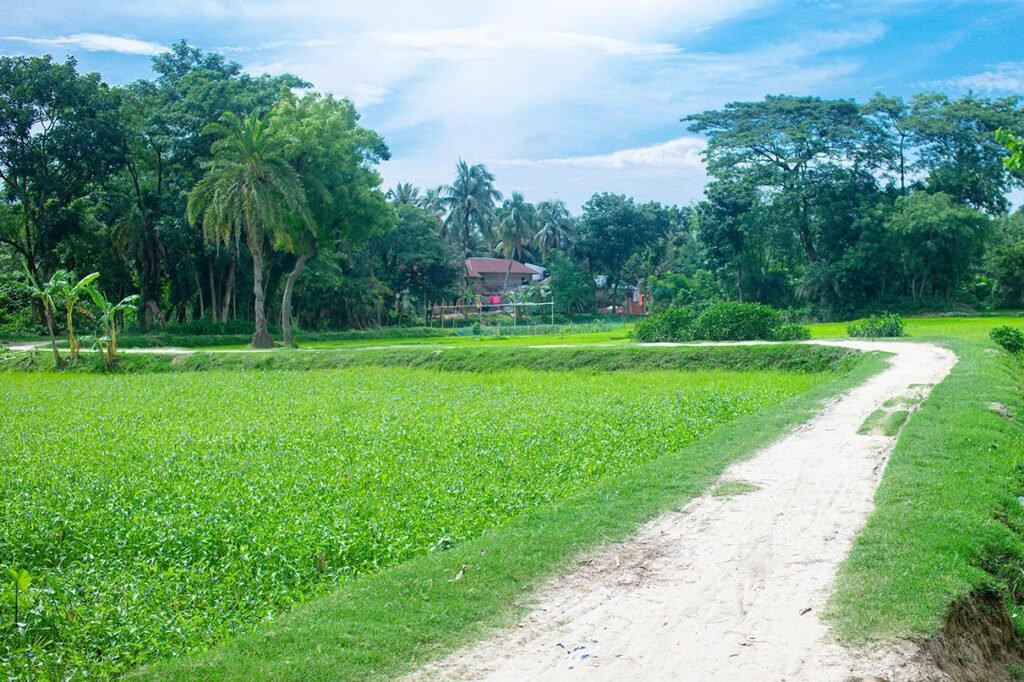
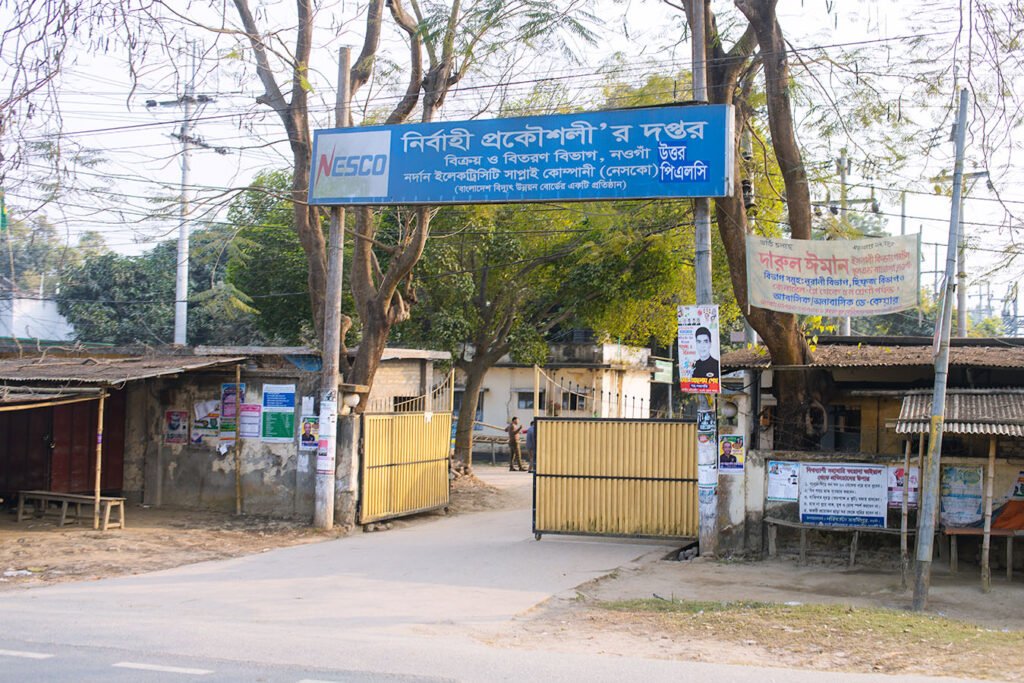
Communication
Roadway
Paved roads: 401.25 km, including 15 km of HBB (High Bituminous Binder)
Unpaved roads: 99.75 km
Built by LGED: 5048 km
Built by Zilla Parishad: 1693.75 km (including both paved HBB and unpaved roads)
Main Bus Station: Baludanga Central Bus Terminal
Length of Highway
The chart above displays the length of highways in the Naogaon district, as reported in the Statistical Yearbook Bangladesh 2022, as well as stating these lengths in kilometers.5
Railrways in Naogaon District
Total Railway: 27 km
Railway Stations: Raninagar, Sahagola, and Ahsanganj (Atrai)
Waterway
Waterway (river + canal) round the year: total 87 km in the district
Upazila Wise waterway:
- Atrai: 10 km
- Mohadevpur: 37 km
- Naogaon sadar: 40 km
Upazila-wise Waterway Chart
Out of the 11 upazilas in Naogaon district, only three maintain waterways that are accessible throughout the year, while the others do not. These waterways consist solely of rivers and canals, as per the 2011 census.6
This chart represents the waterway length by Upazila in Naogaon District. The length is stated in kilometers.
Number of Road Accidents in Naogaon District (2016-2019)

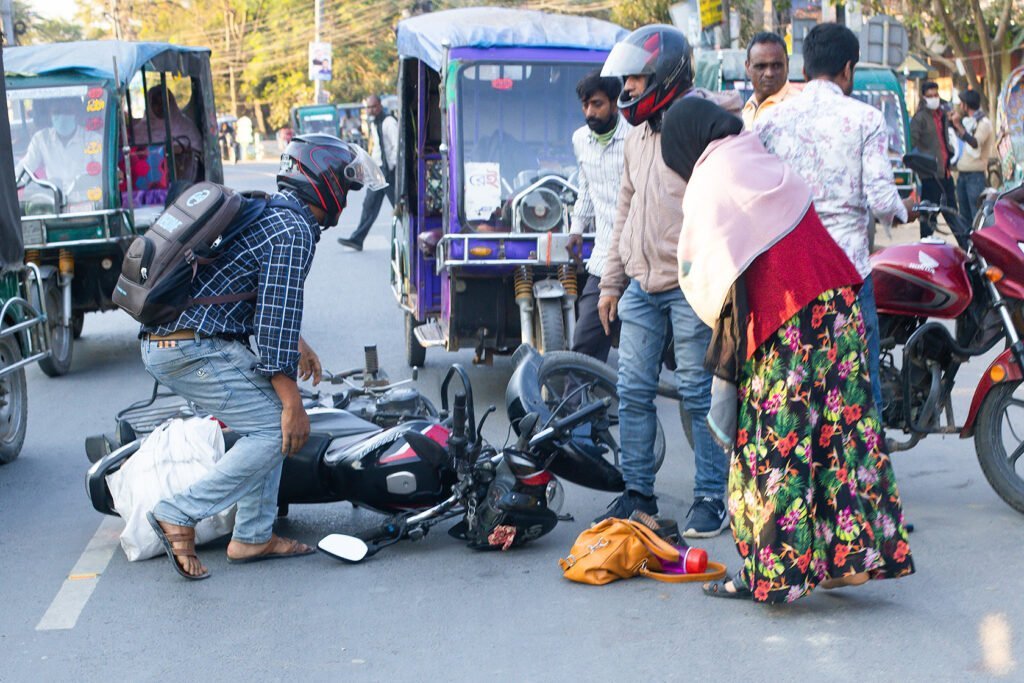
A road accident is an unforeseen tragedy. Although, such incidents are common in Bangladesh. Similarly, Naogaon is no exception. In light of this, according to the Statistical Yearbook Bangladesh 2022, here are the figures for road accidents in the district from 2016 to 2019, including the number of people killed and injured.7
2016
- Accidents: 14
- Persons Killed: 12
- Persons Injured: 20
2017
- Accidents: 22
- Persons Killed: 23
- Persons Injured: 11
2018
- Accidents: 25
- Persons Killed: 27
- Persons Injured: 37
2019
- Accidents: 15
- Persons Killed: 13
- Persons Injured: 7
Main Crops
Naogaon is especially known for the production of food grains. The main crops of this district are: paddy, wheat, jute, mango, potato, sugarcane, oilseeds, pulses etc.
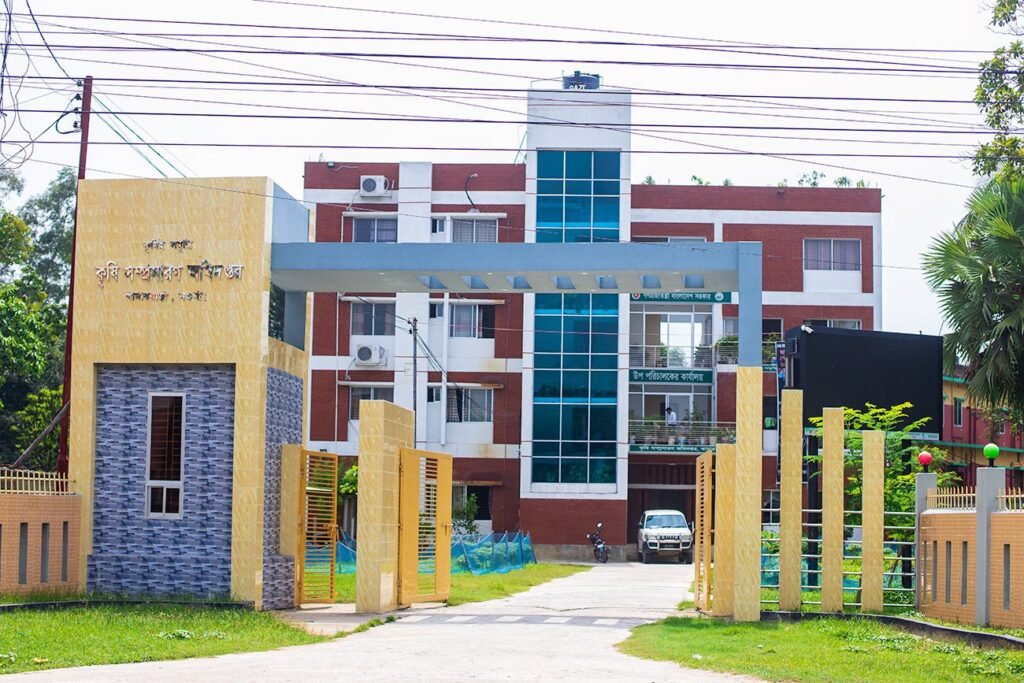

Cropping Land Types in Naogaon District
The lands in Naogaon are considerably fertile compared to other regions of Bangladesh. As a result, different types of cultivation are seen. Based on the 2018 Bangladesh Agriculture Survey, here are the various types and quantities of cropping land:
- Single cropped land: 74,123.88 acres
- Double cropped land: 421,035.83 acres
- Triple cropped Land: 29,836.78 acres
- Four or more cropped land: 1,641.91 acres
- Fish land: 490.35 acres
This chart represents the different types of cultivated land in Naogaon district. The amount of land is stated in acres.
Fisheries in Naogaon
Fish Production Overview of 2021-2022
- Registered Fishermen: 17,751
- Fish Farmers: 33,276
- Trained Fish Farmers (Fiscal Year 2021-22): 3,550
- Government Fish Hatcheries: 3 (Including 2 rural hatcheries)
- Private Fish Hatcheries: 28
- Juvenile Fish Traders: 356
- Total Fish Production: 83,861 Metric Tons8

Fish Production and Demand Chart (2021-2022)
Hover over bars of the chart to see their data.
This chart represents the fish production, demand, and surplus in Naogaon District for the year 2021-2022. The data is stated in metric tons.
Fish Demand Calculation Method
The total fish demand was calculated based on the daily per person requirement of 60 grams, and given that the total population of Naogaon district was 2,784,598, the annual total fish demand amounted to 60,982.69 metric tons for the 2021-2022 year.
Main Fruits in Naogaon District
The main fruits grown in Naogaon include mango, banana, jackfruit, guava, litchi, orange, and coconut.
Mango Capital
Naogaon is now famous for producing the highest amount of mangoes in Bangladesh. Due to this achievement, Naogaon is now called the “Mango Capital of Bangladesh – আমের রাজধানী.” Below is a chart showing the annual mango production progress in Naogaon.
This chart shows the annual mango production and its progress in Naogaon District. It shows the production volumes for the fiscal years 2017-18 to 2022-23, measured in metric tons.
Haats and Bazaars in Naogaon District
Naogaon district is home to many haats and bazaars. A haat is a type of marketplace that sets up on one or several specific days of the week, while bazaars open every day. Both haats and bazaars are essential trading spots in rural areas, where people buy and sell a range of items, from daily necessities to other goods. In some of the larger haats, people also trade in livestock and furniture.
As of the 2011 census, the district has 248 haats and bazaars. Here is an upazila-wise chart of haats and bazaars in each upazila:
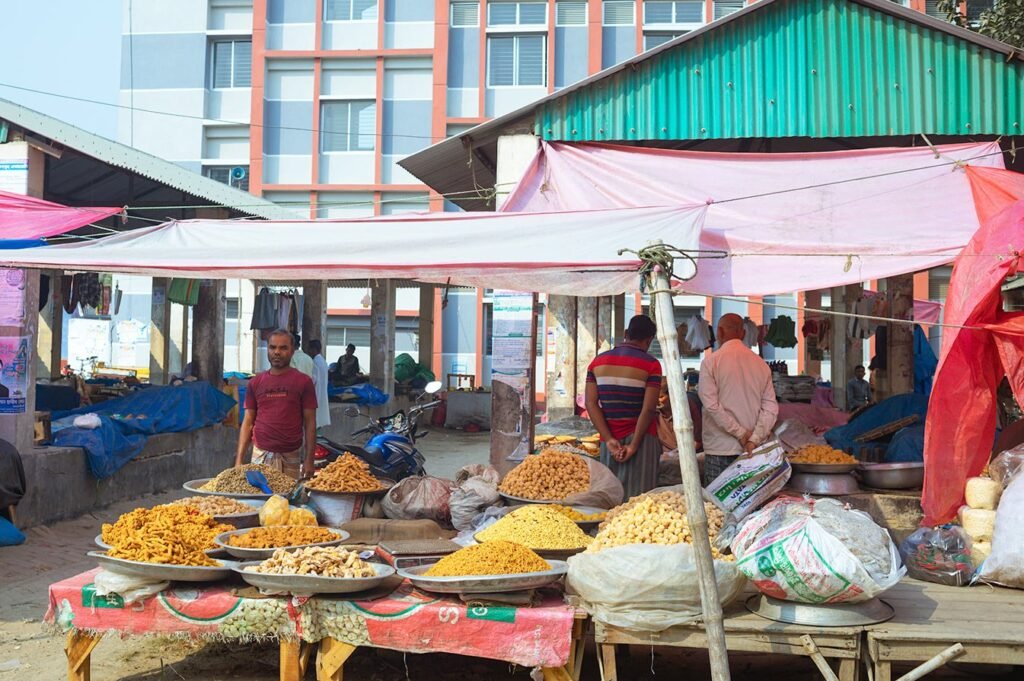
Upazila-wise Haats and Bazaars Chart
This chart represents the number of Haat and bazaar in each Upazila of Naogaon district as per the 2011 census.
Health Facicities in Naogaon
Doctor's Fees
Below is a health related chart based on the 2011 census data. It displays the consultation fees patients were required to pay in non-government clinics, hospitals, or consultation centers during that period. The fees at that time varied depending on the type of doctor consulted. It's worth noting that today's doctor fees are significantly higher than that time.
This chart represents the average doctor's fee in Naogaon per patient as per the 2011 census. The fee is stated in taka.
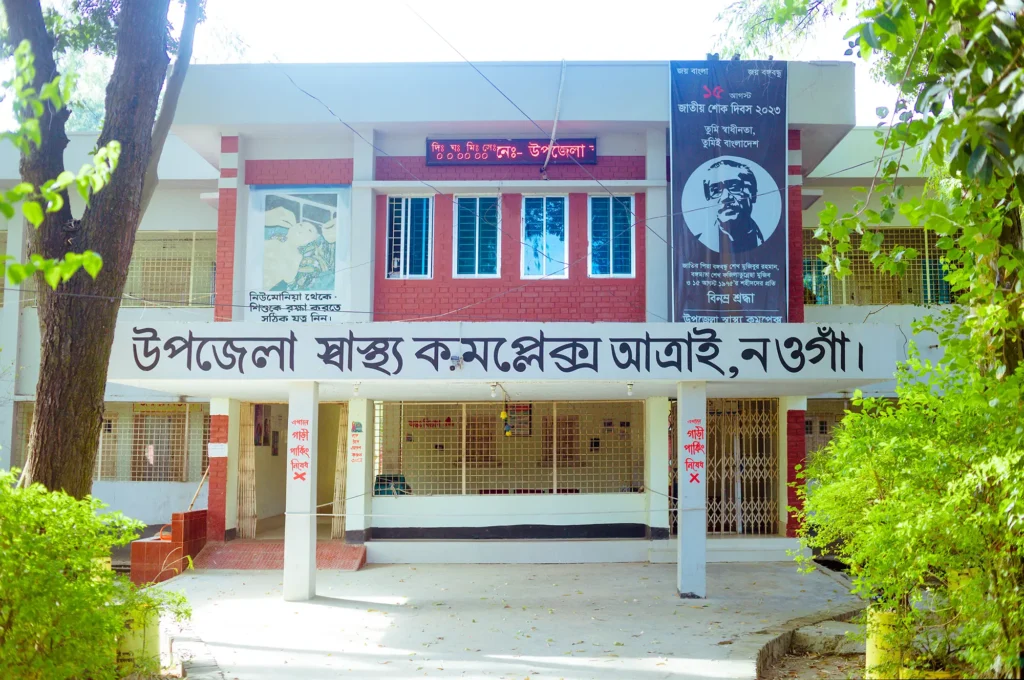
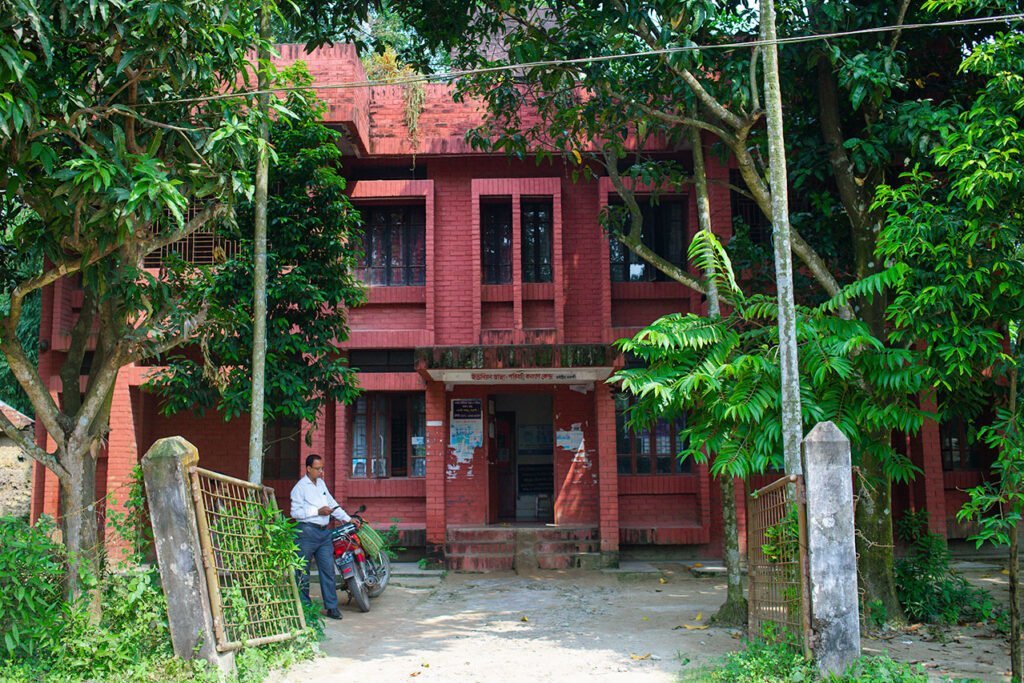
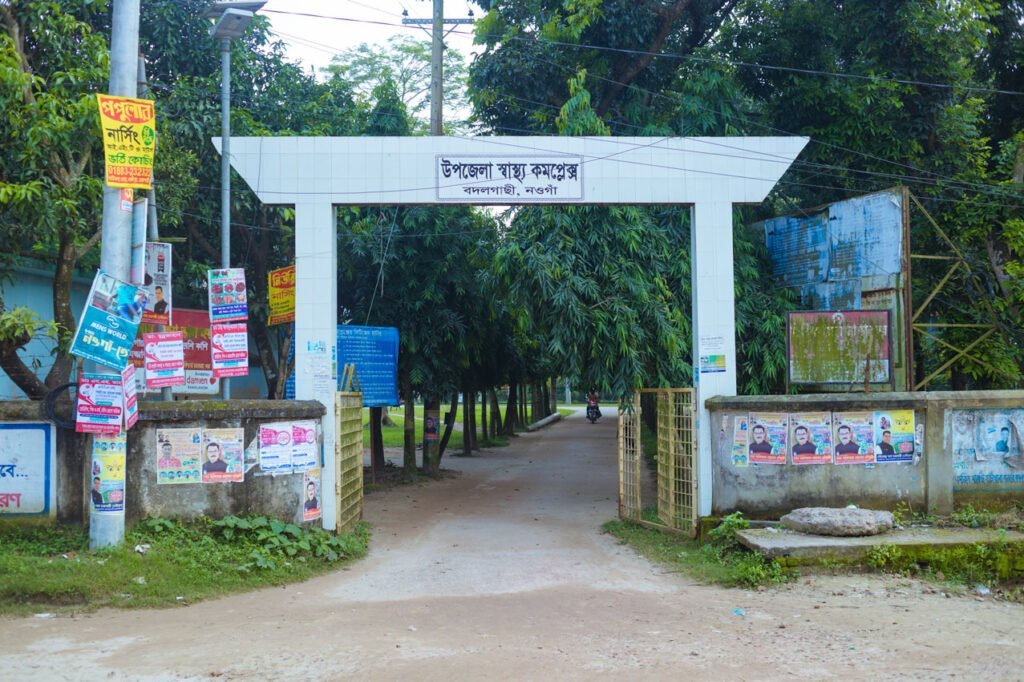
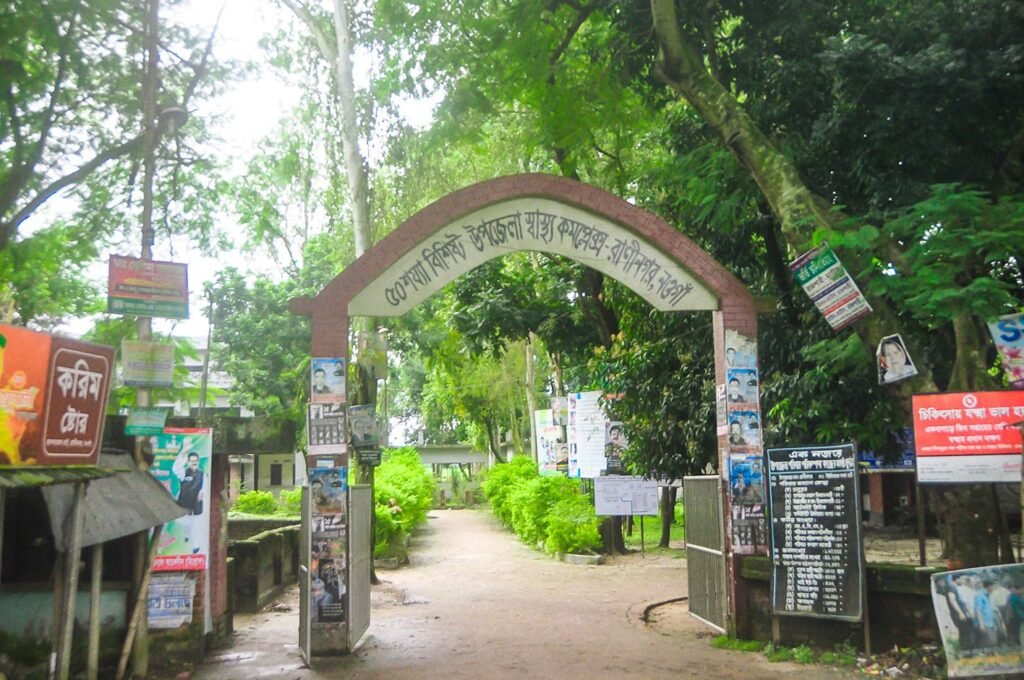
Health Centres in Naogaon District
District hospital 1, Medical College 1, upazila heath complex 10, union heath centre 35, family planning centre 42, christian missionary hospital 1.
Frequently Asked Questions about Naogaon

Why is Naogaon famous?
Naogaon is famous for producing the largest volume of mangoes in Bangladesh. It is known as the "Mango Capital of Bangladesh." The district is also called the "Bread Basket of Bangladesh" for its high rice production. Naogaon is also famous for many historical landmarks, such as Somapura Mahavihara, Kusumba Shahi Mosque, Patisar Rabindra Kachari Bari, Jagaddal Mahavihara, and Dubalhati Rajbari.
How many upazilas are there in Naogaon district?
There are 11 upazilas in Naogaon district. The names of the upazilas are Atrai, Badalgacchi, Dhamoirhat, Manda, Mohadevpur, Naogaon Sadar, Niamatpur, Patnitala, Porsha, Raninagar, and Sapahar.
How many union councils are there in Naogaon district?
There are 99 union councils in Naogaon district. Union councils are also called Union Parishads.
What type of town is Naogaon?
Naogaon town is the headquarters of the Naogaon district and the location of the Naogaon Sadar Upazila headquarters. It is located near the Choto Jamuna River and is home to the newly established Naogaon Medical College. The town does not have a railway station.
How many police stations and upazilas are there in Naogaon district?
'Thana' refers to both a police station and an upazila (sub-district). Naogaon district has 11 police stations, 3 police outposts, and 11 upazilas.
What is the NWD code of Naogaon?
The NWD code for Naogaon is 074. The NWD code also refers to the TNT/BTCL code.
How many rivers are there in Naogaon district?
Naogaon district has 10 rivers. The main river of Naogaon district is Atrai.
References and Footnotes
- Population and Housing Census 2022, District Report - Naogaon ↩︎
- Yearbook of Agricultural Statistics - 2021 ↩︎
- District Statistics 2011, Naogaon ↩︎
- Statistical Yearbook Bangladesh 2022 ↩︎
- Statistical Yearbook Bangladesh 2022 ↩︎
- District Statistics 2011, Naogaon ↩︎
- Statistical Yearbook Bangladesh 2022 ↩︎
- জেলা মৎস্য কর্মকর্তার কার্যালয়, নওগাঁ, At a Glance ↩︎
- Office of the District Food Controller, Naogaon - OMS Naogaon Dealer List ↩︎

